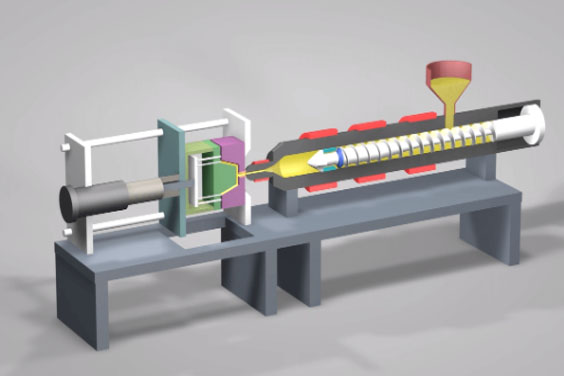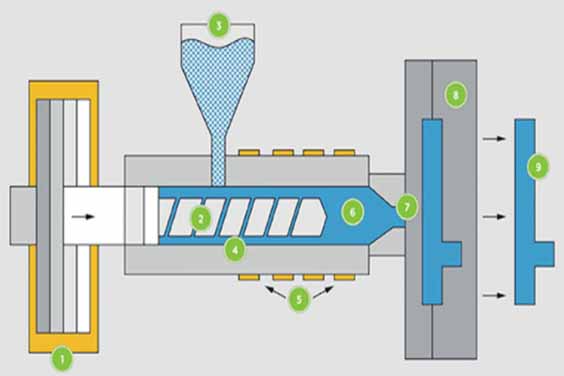
A Simple Guide to Injection Molding Material Selection
- Home
- > Blog
Injection molding is a manufacturing process that is greatly embraced by different companies and businesses. They work with qualified injection mold manufacturers to get the best products in the market to get to their consumers. Using this mold making technology ensures uniformity and makes the production of products in bulk easier. It involves the use of an injection mold machine that is well designed and structured to cater to different product sizes and shapes.
For this process, molten material is introduced into a mold and allowed to cool forming the desired end product. To get this molten material, they’ll feature the use of heat during the injection process. The materials being heated to their molten state are very important to consider. They can make or break the product you are trying to produce. This is why you need to ensure that you pay great attention to the materials you use. To get the best materials for your specific needs, we’ve compiled a few things to keep in mind.
Table of Contents
Why Plastic Material Selection Matters
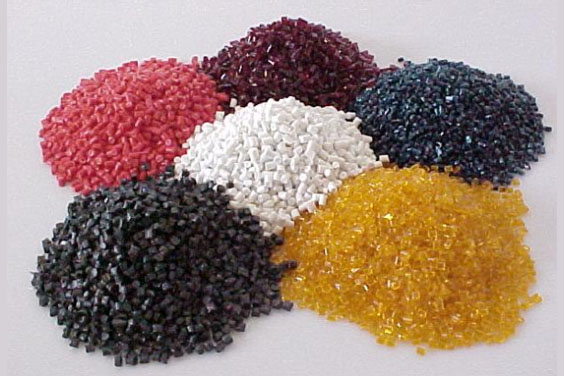
Source: www.apt-mold.com
When it comes to producing different products, you need to ensure that you invest in the right plastic material when it comes to injection molding. Your choice of material matters mainly because choosing the right material saves you additional tooling costs. It is important to note that in injection molding, the materials being used will shrink to a certain level.
Depending on this, the mold should be designed and capable to accommodate this shrinkage without any product deformations. If you work with the wrong material, you’ll end up having to invest in a different mould design. This will result in additional costs that may prove to be quite high.
Common Plastic Materials Used for Injection Molding
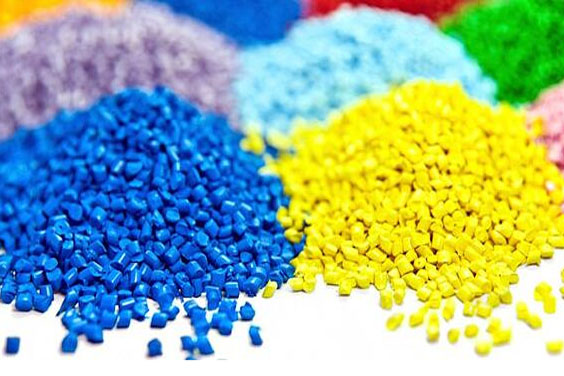
Source: www.rodongroup.com
When it comes to the different plastic materials featured in injection molding, you have a great selection to consider. Here are a few examples to consider and their main applications.
Acrylonitrile butadiene styrene
The Acrylonitrile butadiene styrene feature low to medium strength and is highly resistant to impact. The best aspects of this material are that it is resistant to chemicals and is easily processed. It is among the most preferred given its low cost that translates to a lower cost in production and also its structural strength. It is mainly used in the production of plastic bottles used in packaging different drinks for consumption, toys, and automotive interiors.
Nylon (Polyamide)
Nylon features a high melting temperature and great chemical resistance. This makes it a strong and adequate material to use in the injection molding process. This material is commonly used to create strong mechanical parts in the automotive industry.
Acrylic
Acrylic is mostly used in creating transparent products. It features high tensile strength and high resistance to scratches and effects by the weather. This material is mostly used in the manufacture of windows and various lighting equipment. It is also featured in refrigerators mainly because it doesn’t have any harmful chemicals like BPA that would affect food
Polyvinyl chloride (PVC)
PVC features moderate resistance to impact and has a low to medium strength with a high impact on mold. This material is a great option for adding strength to different materials. It is applied in the manufacture of containers, fencing, and some flexible parts.
Polycarbonate
Polycarbonate is a thermoplastic material that is strong and offers great performance on products using this material. When it comes to molding, this material is designed to be quite predictable and features a uniform mold shrinkage. It is the perfect option when looking for a material stronger than acrylic.
Polypropylene (PP)
Polypropylene features great impact strength, elasticity, and toughness that makes it an amazing material to consider. It is mainly featured in products used for food storage and packaging. This goes to show that it doesn’t feature any harmful chemicals.
Polyoxymethylene (POM)
Polyoxymethylene is a strong, tough, and rigid thermoplastic material that is mainly featured in the automotive industry. It is used in the manufacture of gears, fasteners, and ball bearings among others.
Styrene acrylonitrile (SAN)
Styrene acrylonitrile features a low resistance to impact and comes with medium strength. It is embraced by different manufacturers for its clarity, ability to withstand different weather conditions and easy processability. It is featured in the manufacture of cosmetic packages, containers, auto plastic parts, and electrical components.
Polystyrene (PS)
When it comes to Polystyrene, you’ll be working with two options. You can either go with High Impact Polystyrene (HIPS) or General Purpose Polystyrene (GPPS). The high-impact polystyrene material is opaque and strong. It is mainly featured in the manufacture of hard toolboxes. The general purpose polystyrene material on the other hand is transparent and is used in the manufacture of household products.
How to Select the Right Plastic Material for Your Injection Molded Products
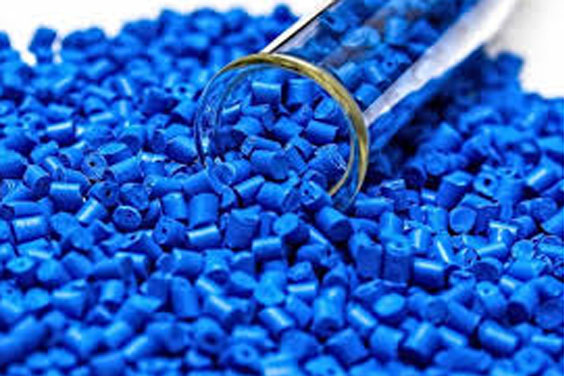
Source: www.yhmolding.com
As discussed earlier, choosing the right material is essential seeing as it directly affects the outcome of your end product. However, to do this, you need to figure out the different ways to determine which material should be used for the products you want to produce. Some of the considerations to stick by include:
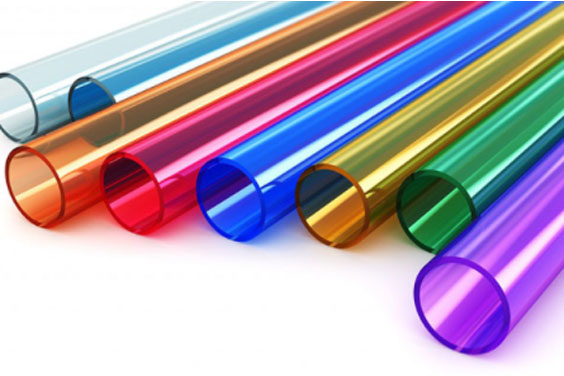
Source: www.starrapid.com
The purpose of the molded product
One of the most important aspects to consider is what the product you want to produce is going to be used for. This will help you determine the strength that should come with it and the shapes required for a functional product. This will help you determine the kind of material you’ll use for that specific project.
Additionally, paying attention to whether the product needs to be particularly flexible, able to withstand pressure or the environment of its application will come in handy. Pay attention to the different aspects that affect the product you want to produce to have a better understanding of the materials that will work best for you. This is essential to avoid investing in products that do not meet your standards in quality and functionality.
Aesthetic Considerations
Depending on the product you are manufacturing, you’ll feature some additional surface finishes. These are the aesthetics you need to consider when choosing the right material to work with. Some materials work well with surface finishes and can be used with ease for a host of plastic product manufacturing.
However, some materials will not adhere to some surface finishes and may leave you stranded without achieving your desired look. Additionally, you also need to consider the color of your product and whether it should be transparent or not. This will help you ensure that you invest in material that will deliver the results you want.

Source: www.ptonline.com
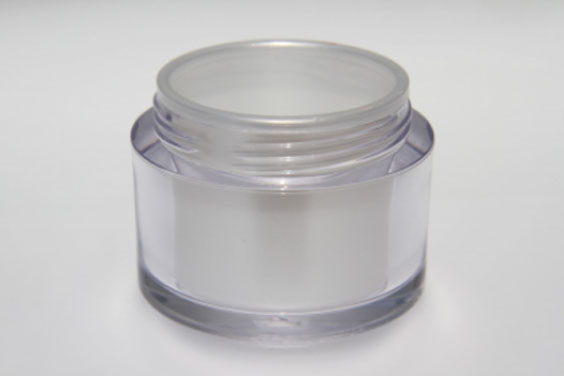
Source: www.plastic-jars-virant.com
Regulatory requirements
When it comes to the production of different plastic packaging products, you find that there are regulations set up to ensure they are of high quality. These regulations come in handy to ensure that consumers are not investing in products that may feature harmful substances.
For instance, when working on plastic products to package food, you need to ensure that the material doesn’t feature bisphenol A. BPA mainly because they are unhealthy. If found in your products, they will fail the regulatory tests and won’t be fit to be used in the food industry. Additionally, different industries will feature a variety of requirements that you need to adhere to. Knowing these regulations will help you get the right products that will prevent you from violating them.
Conclusion
Different plastic materials can be used in the injection molding process. However, the different materials are not meant to be used in every single production. Different materials will be featured in different products depending on the product’s application, aesthetics, and regulatory requirements.
We have listed the different plastic materials and the industries where they are commonly used. To get the best out of your investment, work with a qualified injection mold manufacturer who supplies professional plastic injection molding service. This will help you ensure that you get products that will be beneficial to your business and consumers.

